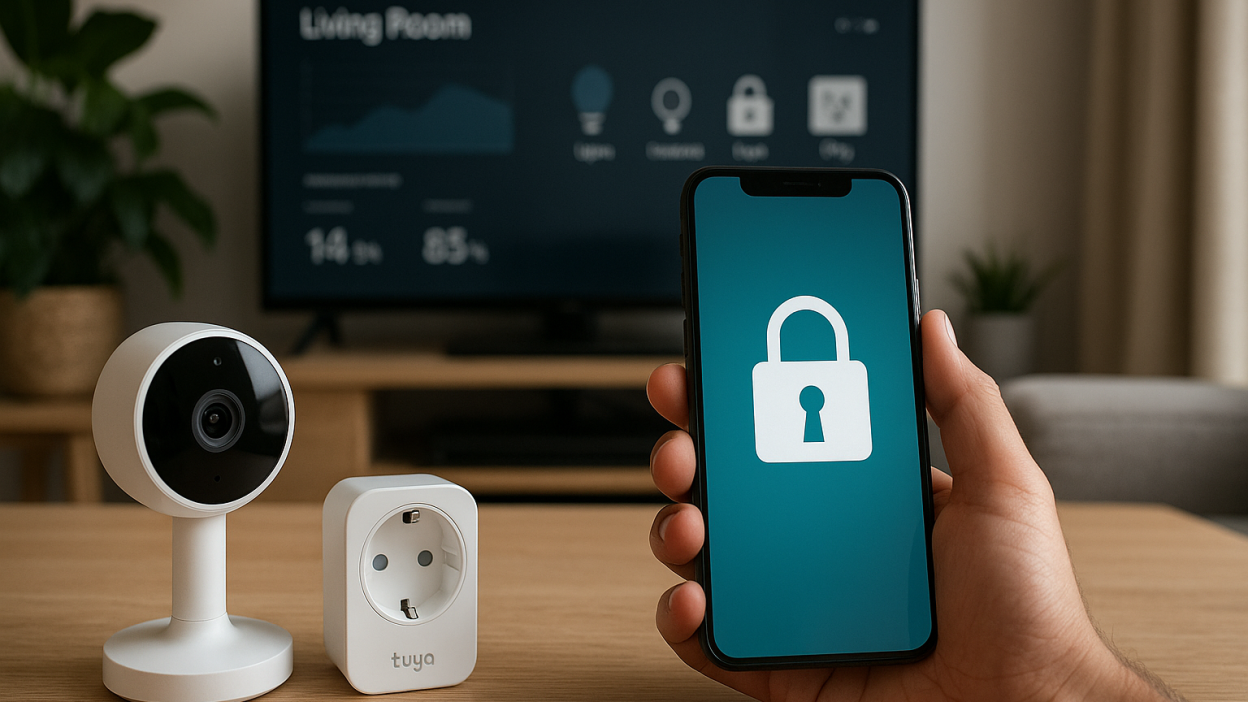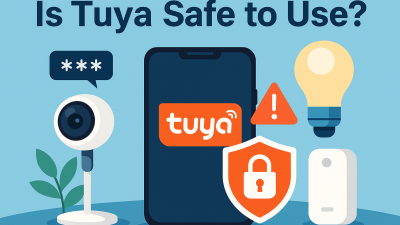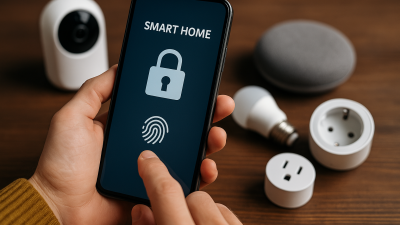Why Security Matters in Smart Homes
As smart homes grow in popularity, concerns around security and privacy have also increased. Devices that control lights, locks, cameras, and even appliances are all potential access points to your private life. Tuya, as one of the most widespread smart home platforms, must meet high security expectations in 2025.
Tuya’s Security Architecture
Tuya implements a multilayered security framework including encrypted communication (TLS/SSL), device authentication, and regular firmware updates. Device onboarding follows secure pairing processes to ensure only verified users can control the system.
Cloud Storage and Data Handling
Tuya stores user data on secure global servers with redundancy and disaster recovery mechanisms. However, some concerns exist about data location and legal jurisdictions. Users can check the privacy policy to verify where their data is stored and how it is processed.
Privacy Settings in the App
The Tuya Smart app allows users to:
- ✅ Control which devices share data with the cloud
- ✅ Limit automation routines that rely on sensitive inputs (e.g., cameras, microphones)
- ✅ Set user permissions per household member
Known Vulnerabilities and Fixes
In previous years, Tuya faced a few vulnerabilities, especially in white-label implementations. Most were fixed promptly through firmware patches. In 2025, Tuya mandates OTA updates, helping users stay protected without manual effort.
Best Practices for Users
To secure your Tuya setup, consider the following:
- ✅ Always update firmware and the app
- ✅ Use strong passwords for Wi-Fi and app login
- ✅ Disable unused features like remote access when not needed
- ✅ Prefer Zigbee devices with local communication for better security
Final Thoughts
Tuya has significantly improved its security model in 2025, offering both cloud-based and local options for privacy-conscious users. While no system is 100% hack-proof, proper configuration and cautious usage make Tuya a reliable choice for secure smart homes.



